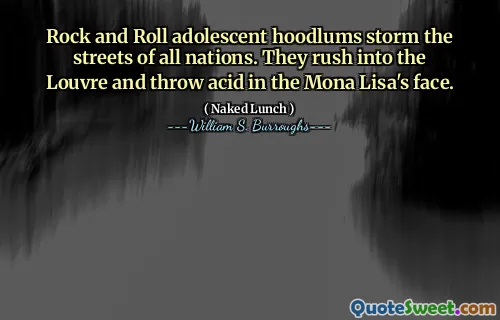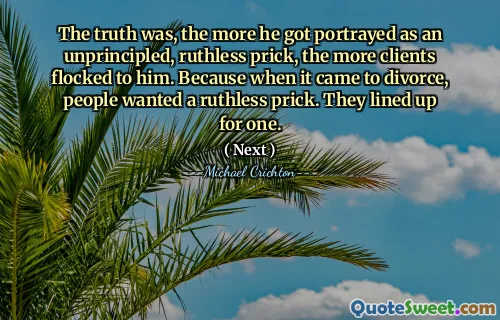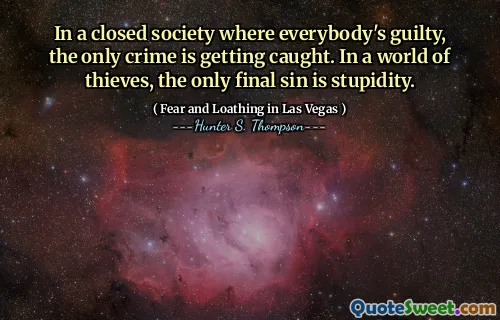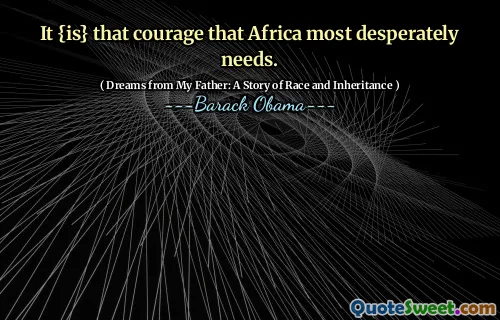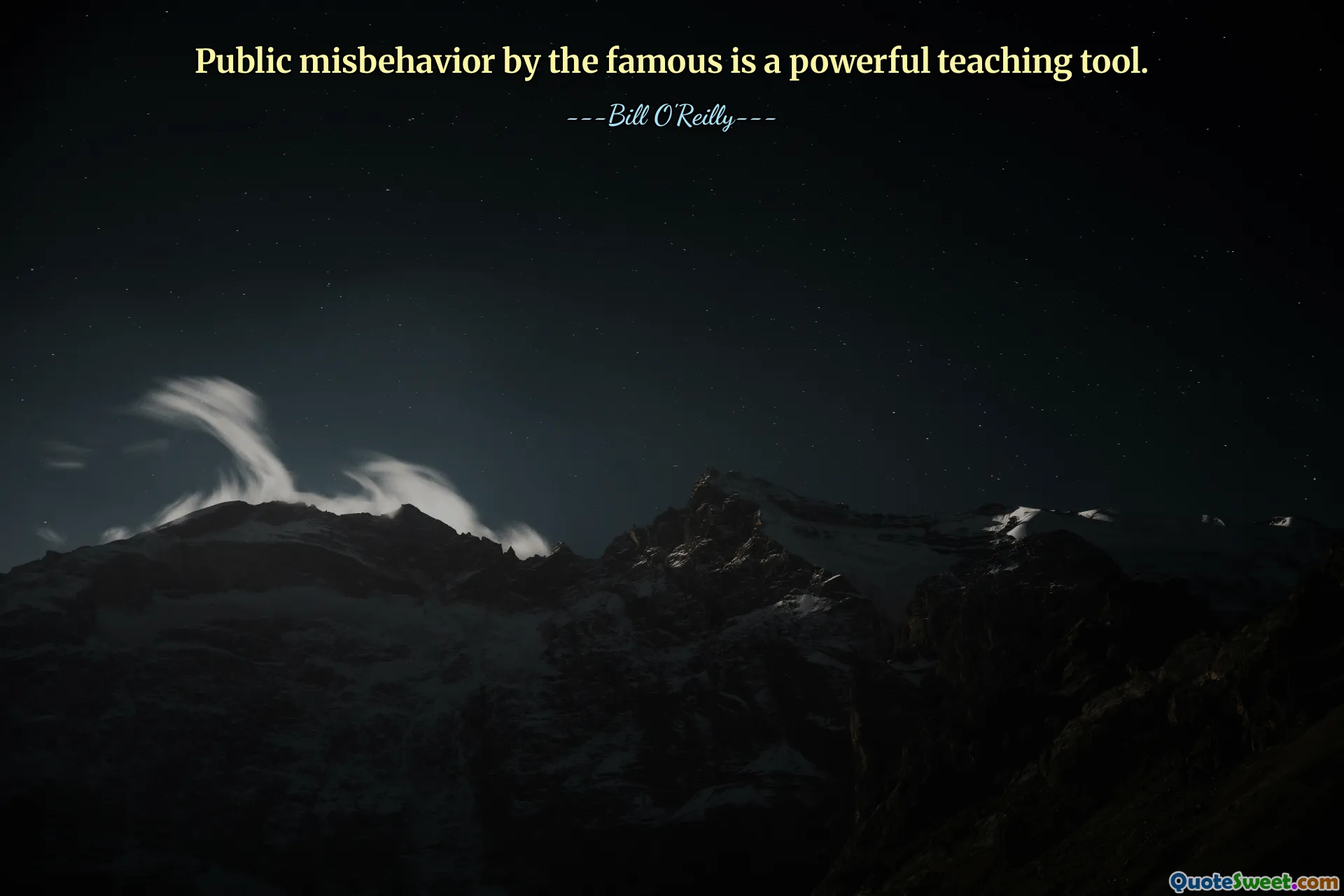
Public misbehavior by the famous is a powerful teaching tool.
The quote suggests that when celebrities or well-known individuals act inappropriately or display misconduct publicly, it serves as a potent lesson for society. These instances often garner widespread media attention, which amplifies their impact and makes the lessons more vivid and memorable. Such events can lead to broader discussions about ethics, responsibility, and the influence of fame. When a famous person misbehaves, it not only affects their reputation but also influences public perceptions of acceptable behavior. People often look up to celebrities as role models, whether subtly or explicitly, so their errors serve as cautionary tales. This visibility can have dual effects: on one hand, it encourages fans to emulate positive behavior; on the other hand, it might inadvertently normalize or trivialize misconduct, especially if the individual faces no significant consequences. Moreover, societal reactions to such misdeeds reveal our collective values and constraints—highlighting what we tolerate and what we condemn. These incidents can act as cycles of social reinforcement, where public disgrace underscores societal standards and accountability. They also raise important questions about the responsibility of public figures and the moral responsibilities of the media. Ultimately, scandals involving the famous reflect larger cultural norms and discourse, making them valuable, albeit unintentional, teaching moments. By examining the repercussions and public responses, society can better understand the importance of integrity and the influence of fame on personal accountability.






